After ending its life as a fruit tree, the cherry tree lives on through its wood, appreciated by craftsmen and wood enthusiasts alike. Cherry wood has a very fine texture and an interesting natural color, making it one of the species used in furniture and objects considered luxurious. The color is a result of the combination of coloring compounds in the wood and oxygen in the air that causes the color to change after cutting. Cherry wood not only makes furniture, but also musical instruments, bowls, pens, clocks and jewelry boxes. It is also used in smoking meats for the sweet, fruity flavor it gives these foods. More about cherry blossom and the Japanese Hanami tradition, the tree that secretes an edible gum and the multi-purpose wood below.
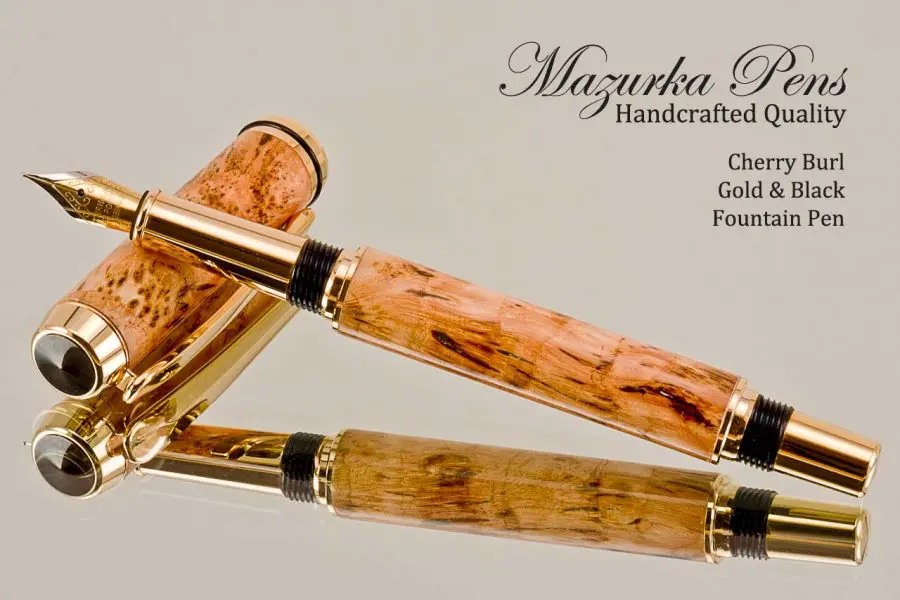
Sweet, black or Japanese cherry
For many, the cherry means the sweet, red, fleshy fruit that we eat with relish in early summer and the white or pink blossoms that adorn trees in spring and make gardens and parks fairytale places. For woodworkers, cherry also means a fine, elegant, light yellowish-pink wood used for fine furniture.
There are several types of cherry tree, generally similar but differing in their range and characteristics such as flower color, fruit abundance, tree size, or the color and fineness of the wood. The species that grows in Europe is scientifically called Prunus avium, and is popularly known as wild cherry, European cherry, sweet cherry or bird cherry. The latter name comes from the fact that birds eat its fruit, which is why it also got its Latin name avium (bird).
In North America and Australia we find another species of cherry, Prunus serotina. The popular name is black or American cherry. Its fruit is smaller and more bitter, not grown for its fruit but more for its wood. The color of the wood is darker than European cherry and the fiber coarser.
The species specific to Japan is Prunus serrulata - Japanese cherry. It is an ornamental tree cultivated for its exquisite pink blossoms, which are highly prized all over the world where it has been acclimatized. In Japan cherry blossoms are considered the national flower and symbolize beauty, courtesy and modesty. The Japanese tradition of cherry blossom admiration, called Hanamiis deeply rooted in Japanese culture. It refers to spending time outdoors to contemplate and appreciate the beauty of cherry blossoms, an ephemeral phenomenon that marks the arrival of spring. Hanami is not just a social event, but a profound experience of connection with nature and the passage of time, reflecting the Japanese philosophy of fleeting beauty, of the ephemeral.
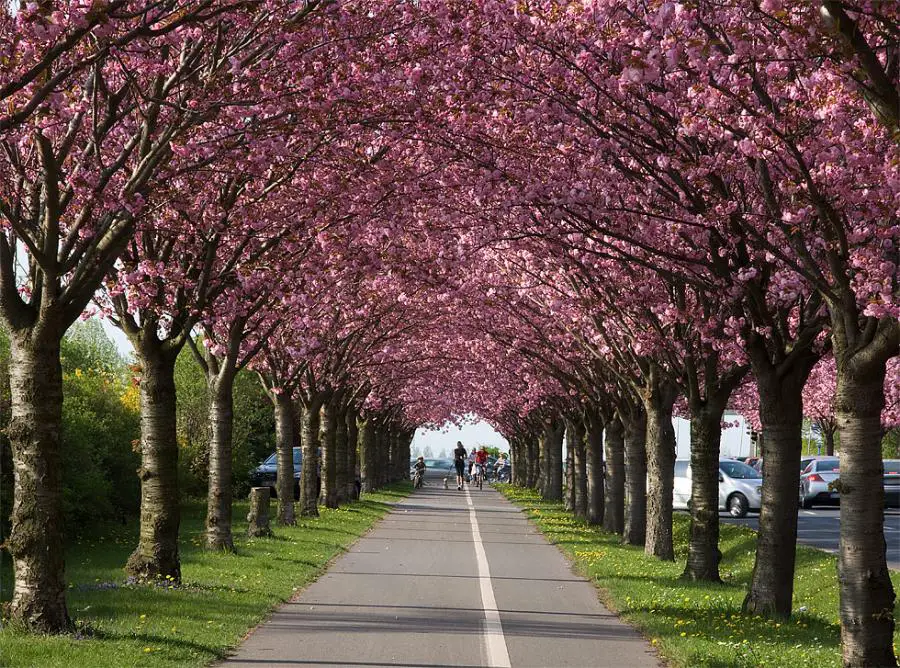
Pioneer species that can protect soils against erosion
But the subject of this article is the European cherry: sweet or wild cherry in English, ciliegio in Italian, merisier in French, cherry in Spanish and kirsch in German. It belongs to the Rosaceae family and is native to Europe, parts of northwest Africa and western Asia, from the UK to the Caucasus and Iran and from Norway to Morocco and Tunisia. The sweet fruit has caused it to be acclimatized in other parts of the world being successfully cultivated in cord America, Australia and New Zealand.
The tree reaches 10-20 m in height, with diameters ranging from 0.6-0.7 m to 1.2 to 1.5 m. The trunk is straight and covered with thin, smooth gray bark when young, which closes, thickens and cracks as the tree matures. If the bark is injured, it secretes a flavored resin that children often use as chewing gum. Besides its pleasant taste, the gum also has astringent and antitussive properties.
The cherry crown is symmetrical and conical when young, becoming round and irregular at maturity. The leaves are 8 to 15 cm long, oval, elongated, serrated at the edges and pointed at the tip. The flowers are white, between 2.5 and 3.5 cm in diameter and are clustered in twos or fours. They appear in early spring with the leaves. The fruit is a drupe between 1 and 2.5 cm in diameter, round in color ranging from light yellowish-red to dark yellowish-red to dark burgundy, almost black, with a fresh sweet, sometimes slightly astringent or bitterish taste. In the middle is the hard, round seed, 6-9 mm in diameter.
The wild cherry is a pioneer species that quickly colonizes meadows or forest edges. It is therefore useful for afforestation and soil protection against erosion. It tolerates a wide range of soils but prefers slightly acidic conditions. Survives well in winter, but flowers can be damaged by spring frosts.
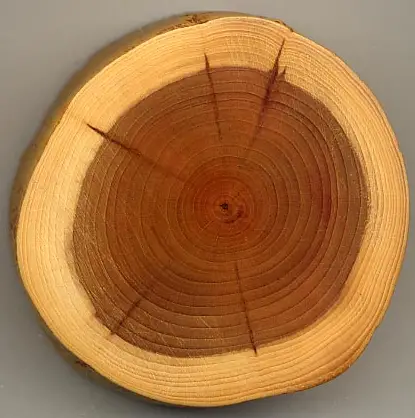
photo source: dutchcrafters.com
Cherry wood - characteristics and properties
In cross-section through the trunk of the cherry tree, the sapwood and heartwood areas are clearly distinguishable. The sapwood is narrow, pale yellowish-yellow. After cutting, the heartwood is light pinkish-brown in color, but immediately begins to darken due to contact with oxygen in the air. The change is quite rapid. To demonstrate this, tests were done by covering part of the freshly cut wood and leaving the rest under normal daylight. Within a week the change was very visible, the color turning a deep golden brown. This is a characteristic of cherry that is appreciated by connoisseurs because the wood takes on a personality. Sometimes cherry shows small areas of dark, almost black color. This is specific to the cherry and is even a recognizable feature, a cherry wood fingerprint.
The texture is fine, dense, uniform, with straight or slightly wavy grain and moderate natural sheen. The pores are small, slightly silvery, semi-rounded, loosely laid without any particular pattern. Wood gums are sometimes present. The annual rings are distinct because of the concentration of pores in the early wood zone. The medullary rays are fine but visible to the naked eye. Pinkish-green or purplish streaks sometimes appear in the radial section.
The anhydrous density of cherry is 600 kg/m³ and Janka hardness 5120 N. Medium resistance to rotting and insect attack. If dried slowly, it does not develop stresses and does not crack. Problems may occur with forced drying. Once dry, it is quite stable. Bends well under steam. Low water absorption capacity due to small pores and quite small in number.
Cherry wood is easy to process, both by hand and with machinery and tools. It turns and carves smoothly. There are also no problems with gluing or varnishing. Due to low absorption, there can be problems with patting and the wood can stain. But because of its special natural color it is rarely stained. It is useful to note that cherry-colored stains are, for the most part, different from the natural cherry color. These berries usually have a strong reddish hue and are much darker in color. Cherry wood only turns pink immediately after cutting. Otherwise, the pink (not red) is faint.
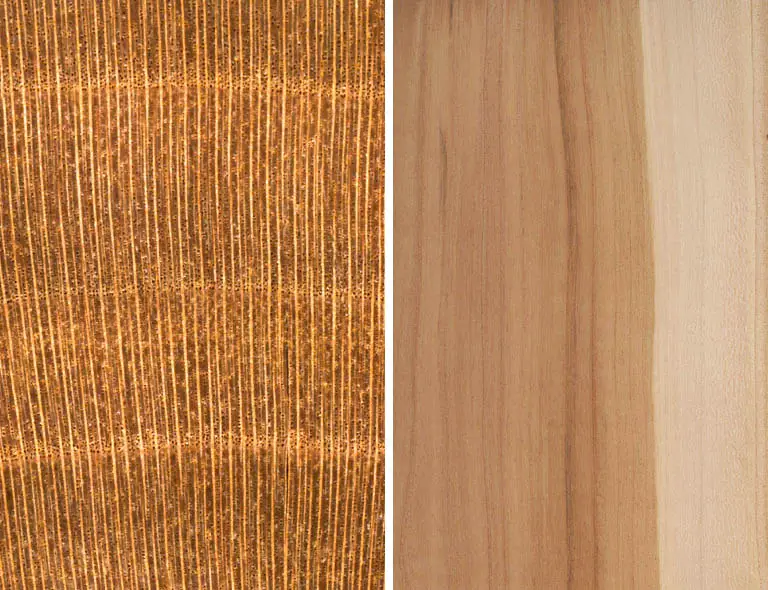
Uses of cherry wood
Although a fast-growing species, European cherry wood is quite expensive because of its special natural color. Unlike American cherry wood, which is cheaper and easier to find, it is commonly used for flooring.
European cherry wood is used both as a solid and as veneer, in furniture, in the decoration of luxury cars and boats, in the manufacture of musical instruments and various turned or carved objects of great value. In the musical instrument industry, it is used not only for its appearance but also for its resonance properties.
Its ability to split well also makes it a good firewood with good calorific value.
The smoke with its special smell and taste on burning has made cherry a highly prized wood for smoking meats, which it gives a fruity, slightly sweet aroma. It goes very well with poultry, pork and game. Outstanding results are also obtained when smoking cheese.
Cherry is also used in herbal medicine. The gum secreted by the bark has antitussive properties, and the stems of the cherry tree are used to make a highly appreciated diuretic tea.

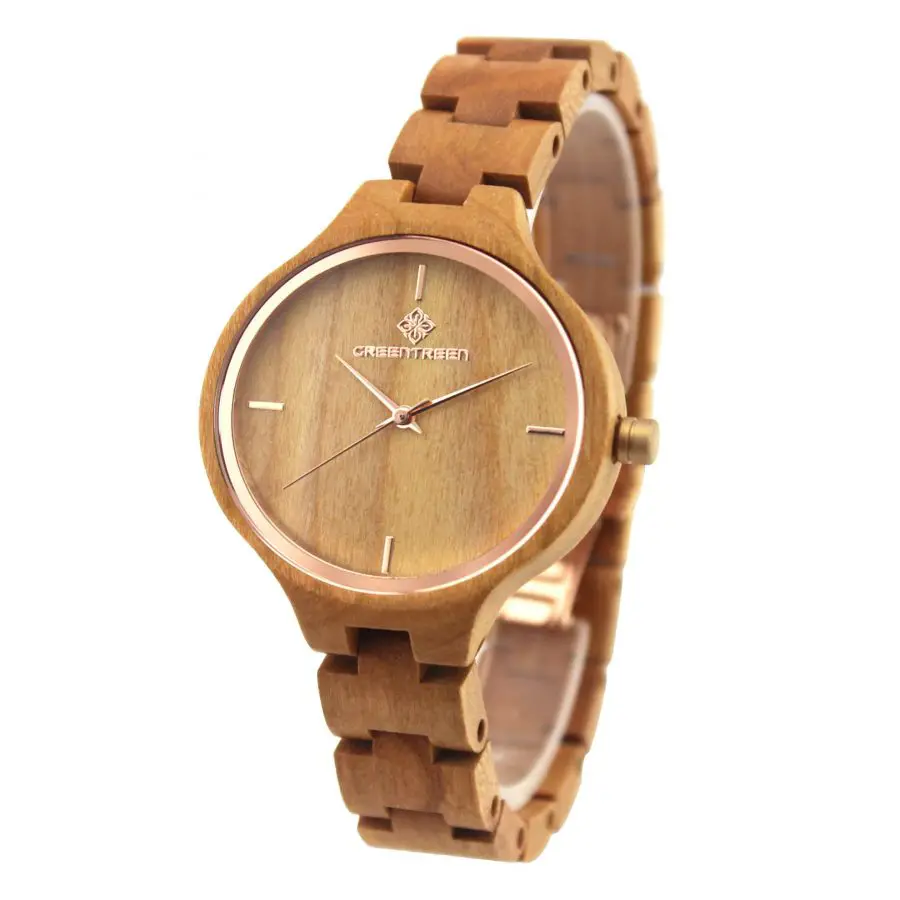
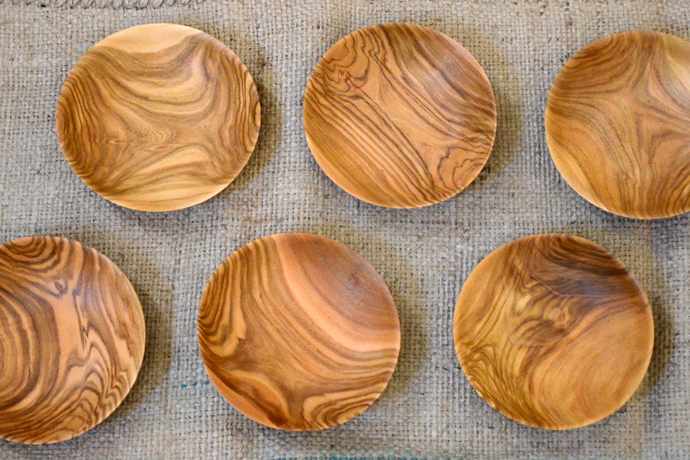
I hope you find the above information useful. As always, additions are welcome. And if you have any questions or queries, please leave them below in the space provided. I will be sure to reply.





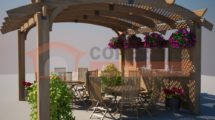









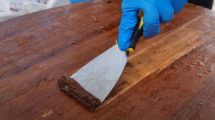

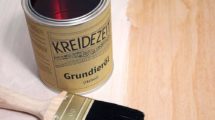

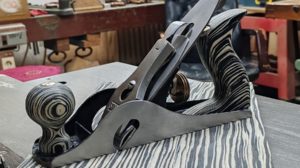
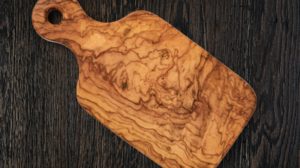
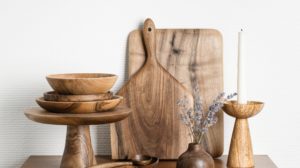
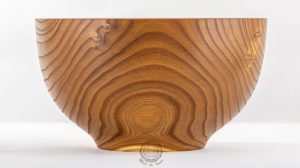
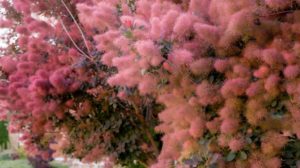

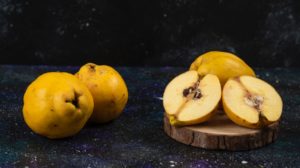




These articles are superb. Thank you!
Thank you!
Hello.
My name is Nicolin and for more than 12 years I have been a modest restorer of wooden objects (furniture, interior and exterior doors, pretty much everything made of wood).
For a few days I've been in Italy on Lake Como reconditioning a 1768 church door, and resin and various materials.
I have a small issue of contention with the priest here and that is the essence of the wood.
If I send you some photos, would you be able to identify the wood used in the construction of the door?
Thank you in advance for your help
Email address :
pred.nicolin@gmail.com
Hello.
I sent you an email.
All the best!
[...] Oak and cherry are options for wooden furniture. Their choice is good both in terms of interior design and durability, aesthetics and warm colours. While it may seem like an expensive investment, the return to valuable woods has been going on for some time and the trend is continuing. So the investment is in it for the long haul as long as you bank on durability. [...]
Hello! I would like to ask you if cherry wood is recommended for the manufacture of doors in solid state, what is its behavior over time, is it prone to bending, twisting or other problems? Thank you!
Good evening!
Cherry wood can be used for both interior and exterior doors. It is a dense and strong wood with very good moisture resistance. It behaves well to variations in humidity, with very little shrinkage and expansion. It does not develop high stresses leading to twisting or warping. These can only occur from poorly chosen construction solutions. It is also resistant over time and to rotting. It stains and finishes very well, with no patching problems. The only problem may be the price.
All the best!
Don't forget to subscribe to the printed Wood Magazine! For only 58 lei/year you can find out news in the field, discover craft ideas or trade secrets. We remind you that the content in the printed magazine is different from the one on the website. Details in the link below.
Thank you!
https://revistadinlemn.ro/product/abonament-revista-din-lemn/